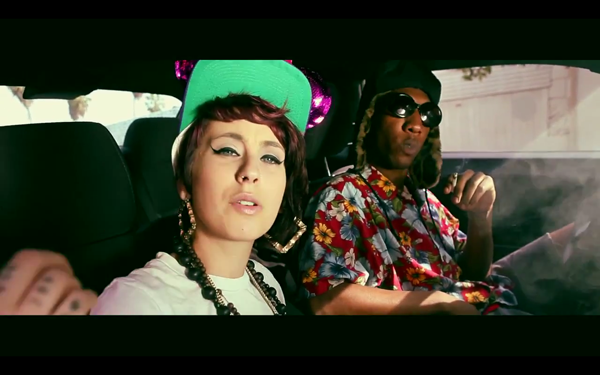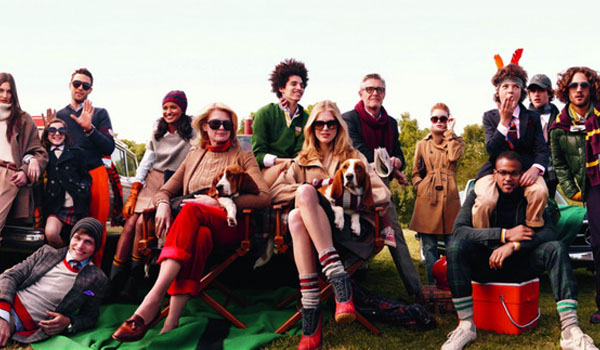Aspiration: a strong hope or desire to achieve something.
It's important to note that you can't achieve an object. You can only achieve an effect, a purpose, or a position within a tribe (a status). So an aspirational object is a symbol of a purpose or a tribe one wishes to belong within. That could be the Kardashian tribe, the ivy league tribe, the Detroit tribe, the organic parent tribe... there are countless groups to self-identify within. When a community or tribe is coming together, there are ways to make it easy (or more difficult, if that's your thing) for individuals to identify as one of the pack. It's all about signaling the idea of fitting in: showing that you are a member of that aspirational group.
Owned or displayed objects are a part of that, but I'd argue they are the weakest link.
Here's a question worth considering for any community leader: How do we provide an authentic sense of belonging for our members?
Whether we are talking about a school, a nation, a team, or a brand community, there are some clues that can indicate which individuals already belong to the group and the traits to project for those who want to belong.
Beyond the object, this consideration is often overlooked in luxury advertising, and I think it is often overlooked in marketing in general. We make ads that create the idea that one must aspire to own a thing in order to feel included in the tribe. Hawking product hits the bottom line, but it's not sustainable (once you have the thing, why come back?) and it lacks the deeper meaning consumers today are looking for. It lacks a defined culture and relationships that are deserving of loyalty. It seems to me that people want to belong to something worth investing in on a deeper level, something with meaning they can experience. They will come back if they have something worth coming back for. That's community.
We aspire to belong to tribes that are "about" more than the frivolity of stuff, and that means brand communities have to have substance and underlying values. But it's more than that. There are rituals and sometimes a specific lingo that are unique to communities. This is how we move into the idea of lifestyle. Lifestyle and community are - at their core - repeated acts of communicating.
Communication is obviously a fundamental human need. We have wanted to connect since our days in the cave, and even in our times of solitude, this need persists. Beyond conveying our needs and desires, we communicate through repetition to self-actualize, and - importantly - because we all want something to belong to. And you can't belong to a handbag or a car. You belong to a community.
While this premise has its biological roots in communal survival (our odds are better if we stick together), it's a profound human trait. In many ways we can choose where we belong - what constitutes our identity - whether that's our family, our neighborhood, our philanthropy, or our politics.
With the family example, notice the indicators of happy families- the private terms they use when referencing one another, the familiarity in their gestures, the uniformity of their family reunion t-shirts. Notice also that the most profound occasions for connection and communication are around highly charged events. Birthdays, holidays, weddings, journeys that take individuals out of the mundane. That's where the real bonding occurs.
The core traits of neighborhoods are similar. As an urban planner, I saw people often uproot themselves and relocate to feel a part of something more "them" - and we designed spaces according to those group identities. Strong cities are like strong families. They have indicators of unique culture and identity. They have traditions, activities, festivals, anniversaries, and founder stories. They have unique traits that become symbols of visual identity: crests and seals, flags, architecture, landmarks. These characteristics can be identified as easily for Brooklyn as they can be for the Kennedy family. And, people aspire to "belong" with them.
What are the repeatable rituals, traditions, code words, anniversaries, stories, and symbols for brands? It's worth considering.













